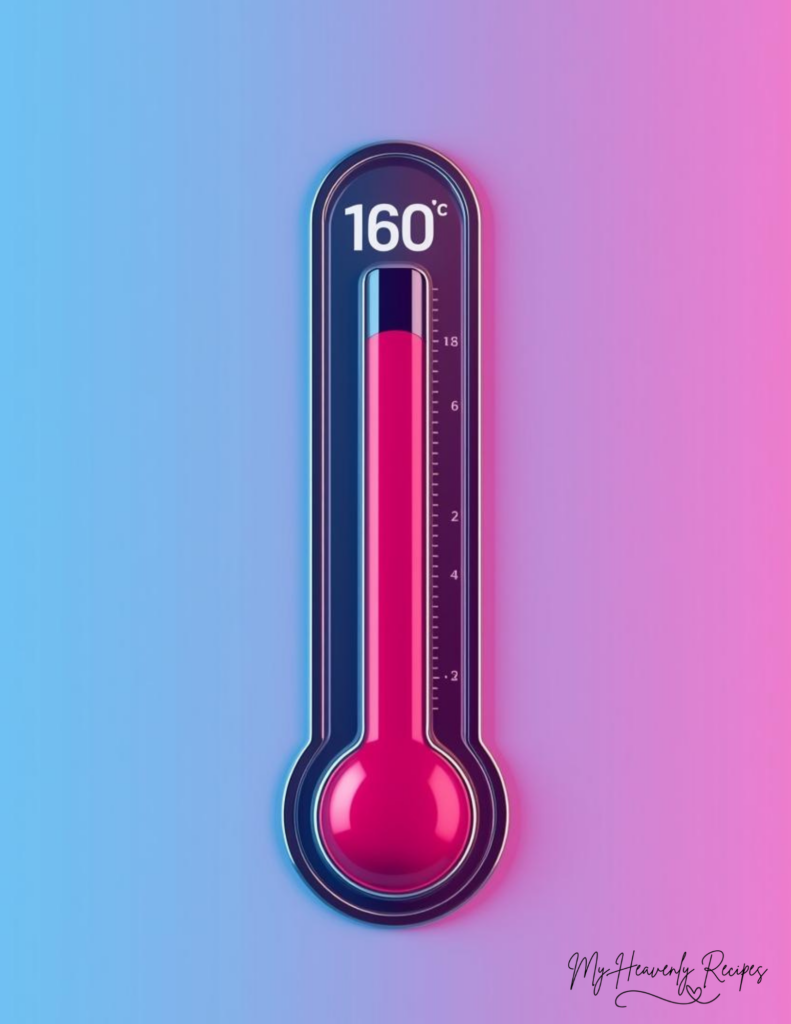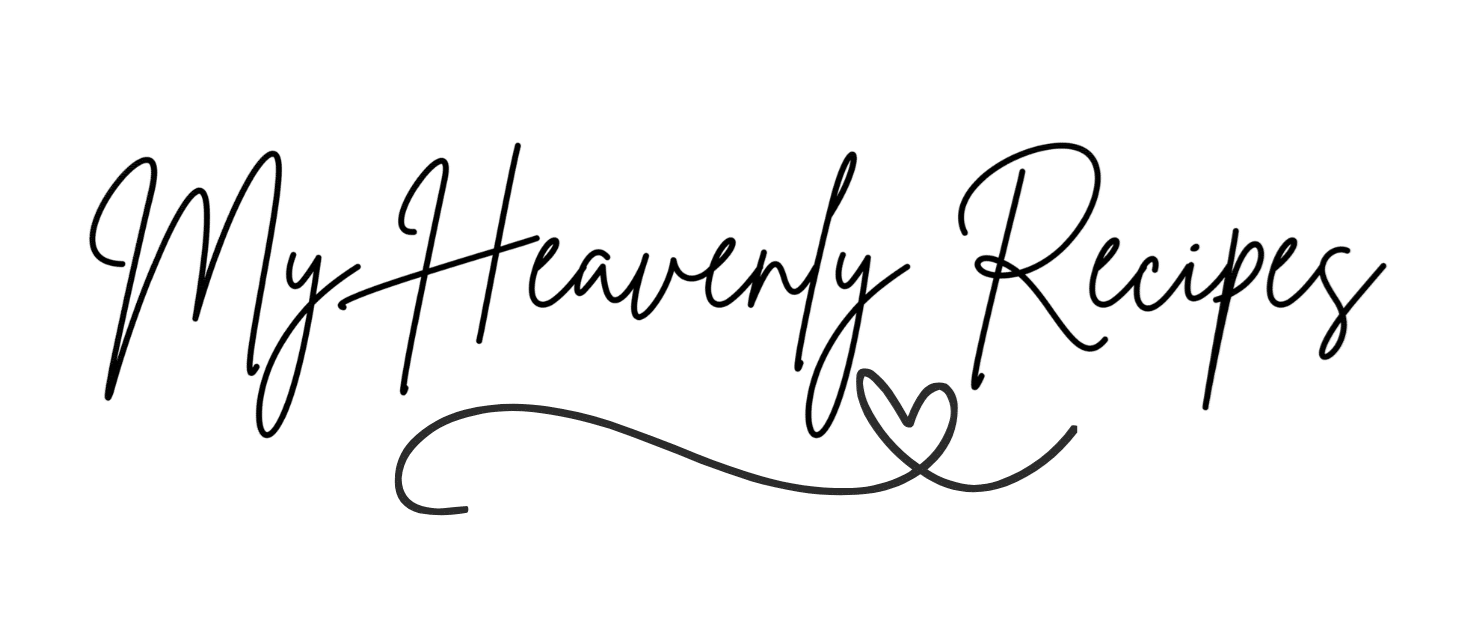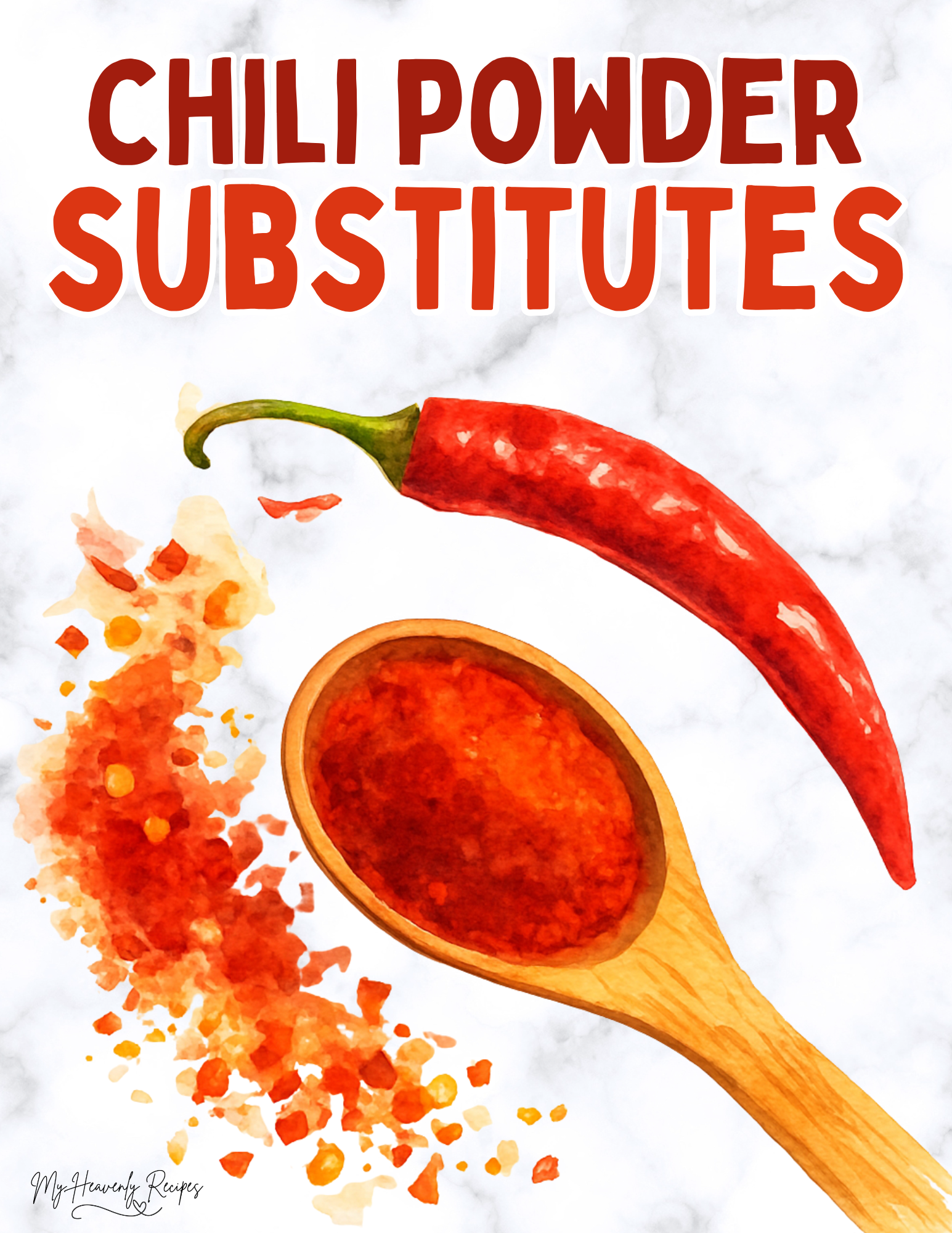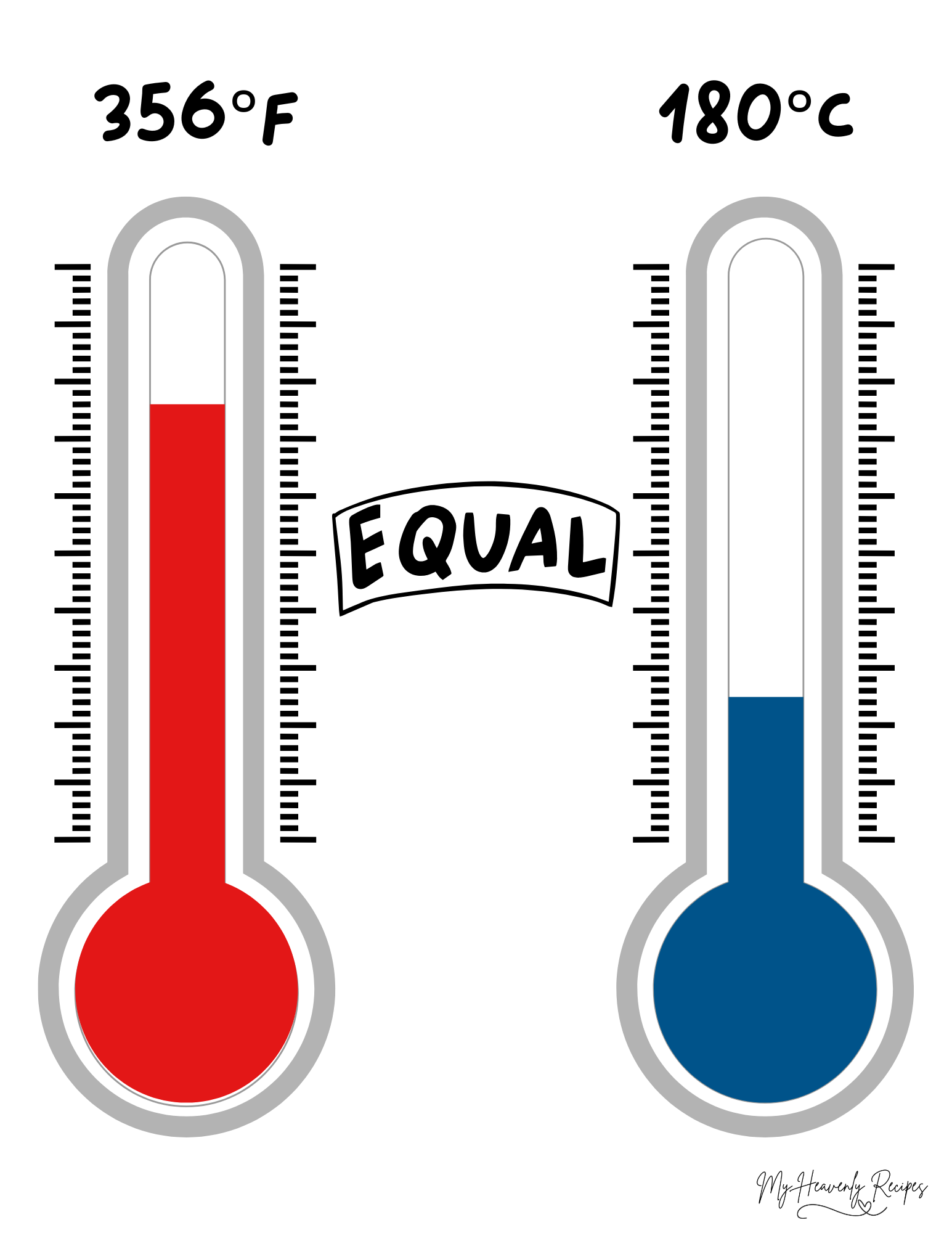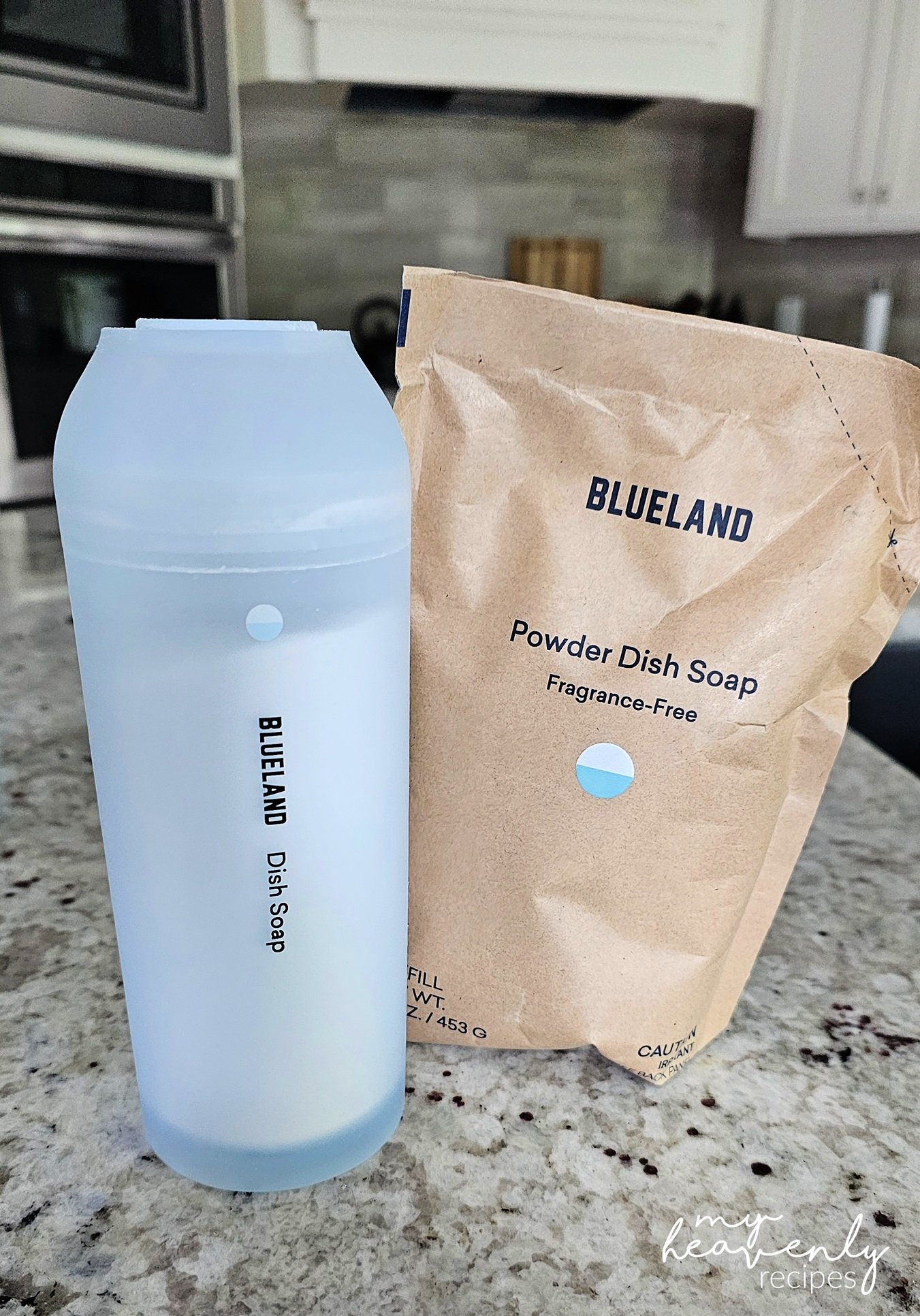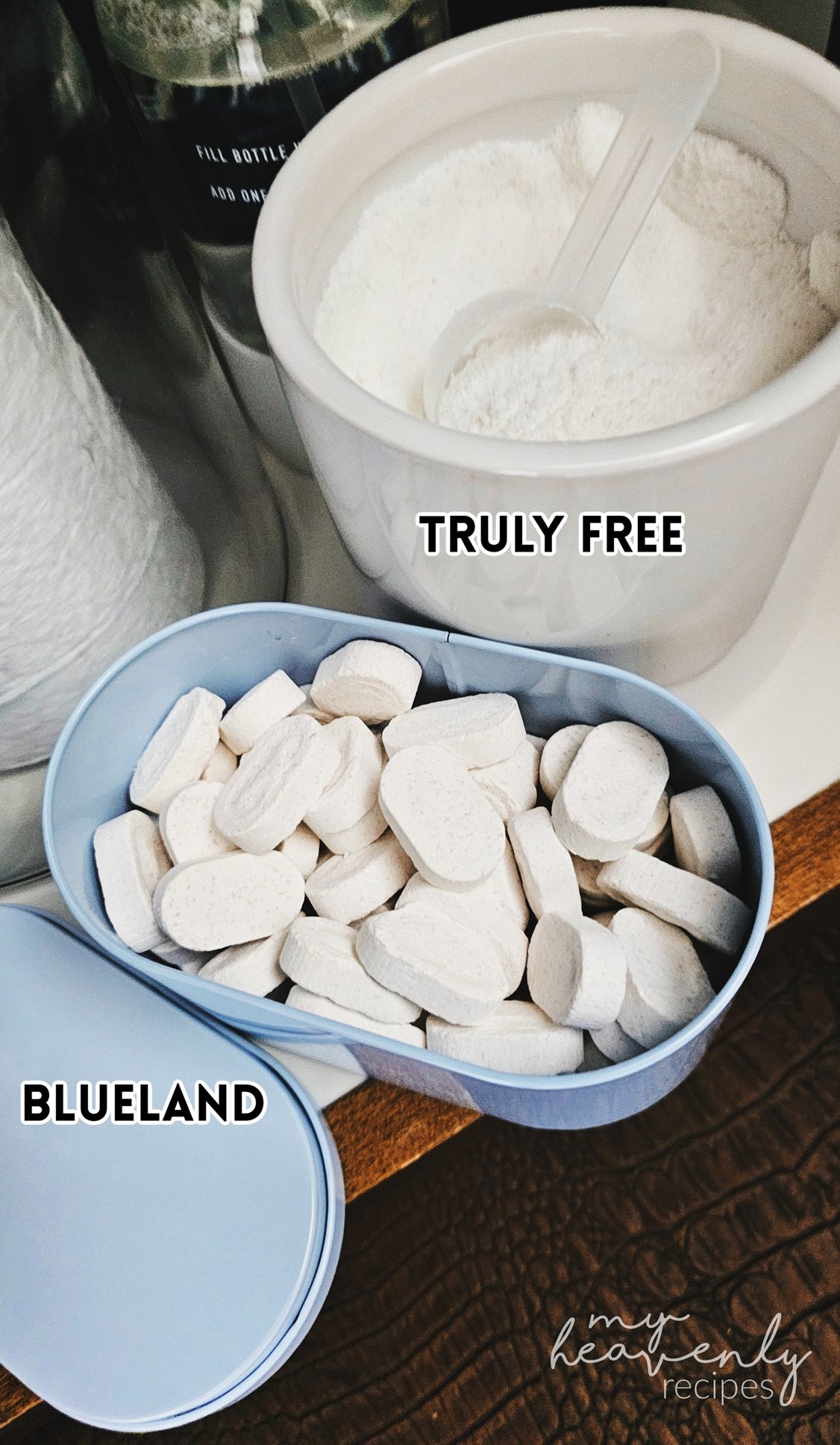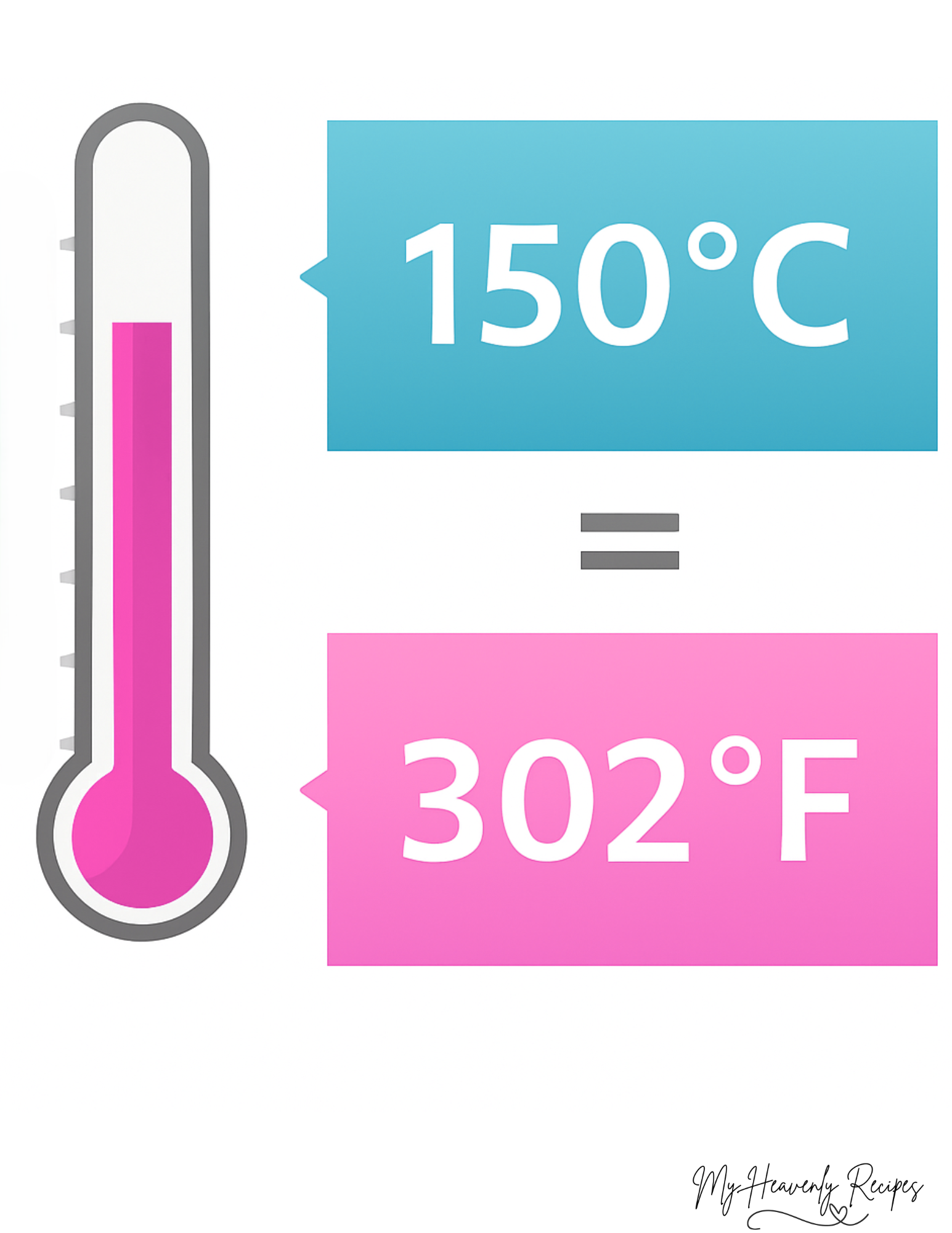How to Convert 160 Celsius to Fahrenheit
How to Convert 160° C to Fahrenheit (Without Googling Every Time)
Let’s be honest—converting Celsius to Fahrenheit isn’t exactly something most of us remember off the top of our heads. I don’t know about you, but every time I see 160°C in a recipe, my brain just hits pause. Am I baking something? Roasting it? Or slowly dehydrating it?
So, let’s break it down in a simple, everyday way. No science degree required—just a few tips, a formula, and some easy-to-read charts.
First Things First: The Quick Answer
160°C = 320°F
That’s it. If you just needed the conversion, you’re good to go. But if you want to know why and how, or just want a shortcut for the next time, keep reading.
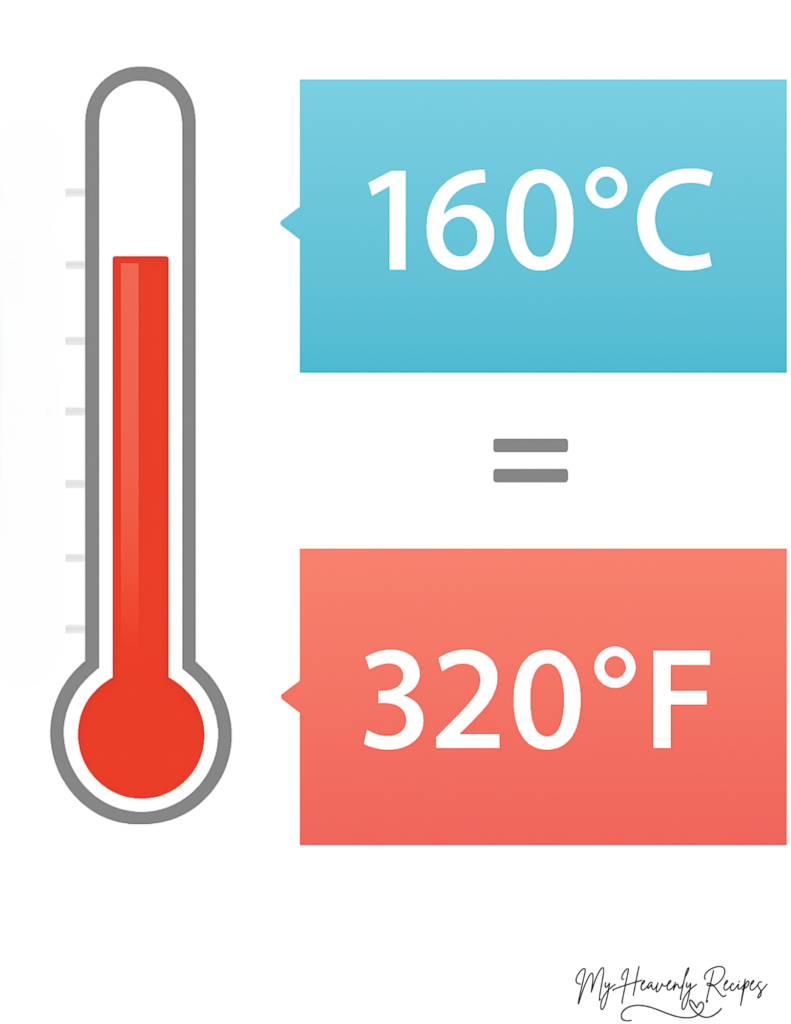
The Formula (If You’re Into That)
There’s a standard formula to convert Celsius to Fahrenheit:
°F = (°C × 9/5) + 32
Let’s plug in 160:
°F = (160 × 9/5) + 32
°F = (288) + 32
°F = 320°F
Yup, 160°C = 320°F
So if your oven only shows Fahrenheit (like most in the U.S.), set it to 320°F when your recipe says 160°C.
Why 160°C Is a Common Baking Temp
If you’re following recipes from Europe, Australia, or really anywhere outside the U.S., 160°C is kind of a magic number. It’s often used for things like:
- Cakes
- Cookies
- Muffins
- Roasting veggies
In Fahrenheit, 320°F is a moderate oven—not too hot, not too cold. Just right.
Oven Temperature Conversion Chart
Here’s a handy reference for when you see Celsius in a recipe and need to convert fast:
| Celsius (°C) | Fahrenheit (°F) | Oven Term |
|---|---|---|
| 100°C | 212°F | Very Low |
| 120°C | 250°F | Low |
| 140°C | 285°F | Cool/Slow Bake |
| 160°C | 320°F | Moderate |
| 180°C | 356°F | Moderate-Hot |
| 200°C | 392°F | Hot |
| 220°C | 428°F | Very Hot |
Keep this nearby if you cook or bake a lot—it can be a lifesaver.
Quick Mental Math Trick (Close Enough)
If you just need a rough estimate and don’t want to break out a calculator:
Multiply the Celsius temp by 2, then add 30
For 160°C:
160 × 2 = 320
320 + 30 = 350 (Oops, a bit too high)
So this trick gives a rough estimate—great when you’re trying to get close but don’t need lab-level precision. For 160°C, it lands a little high, so keep that in mind.
